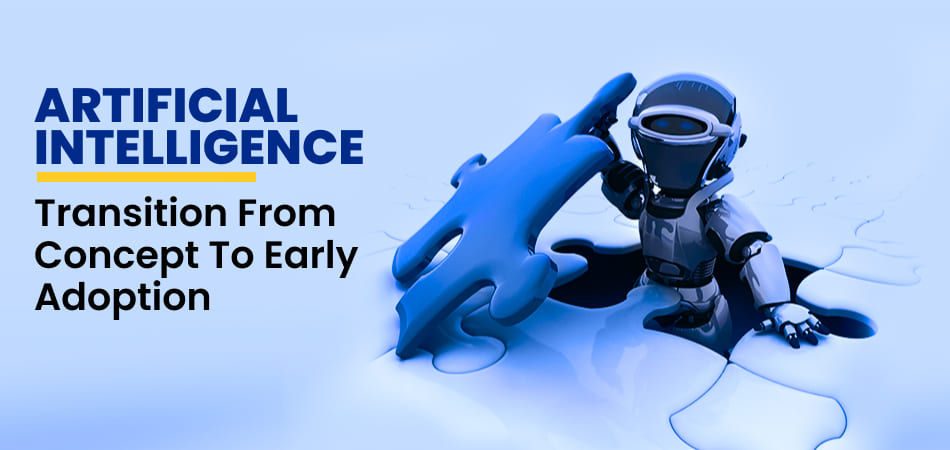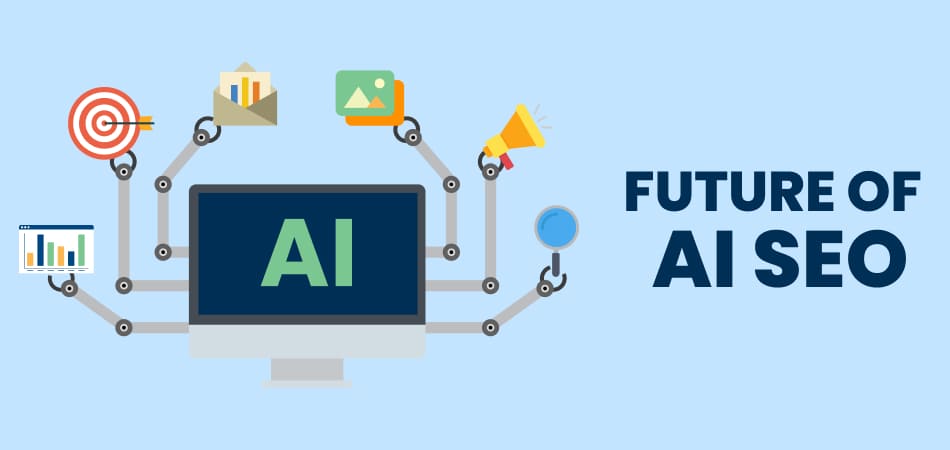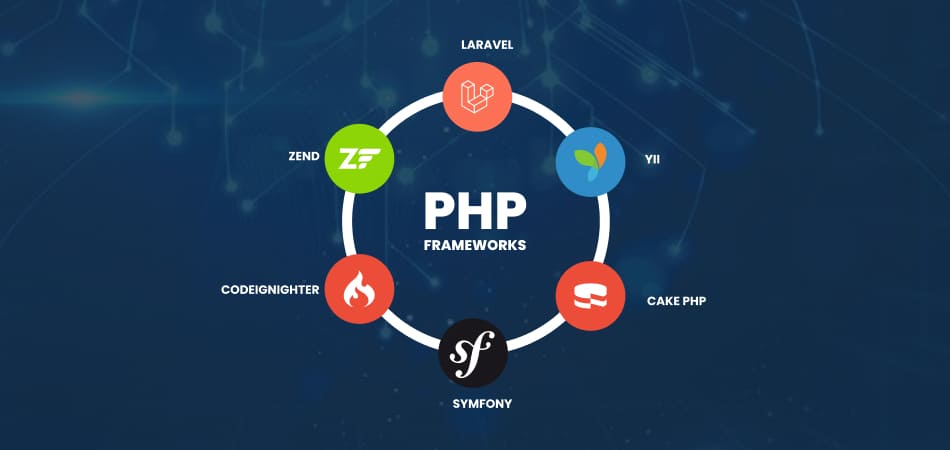Introduction
Artificial Intelligence (AI) has evolved from a theoretical concept to a transformative force reshaping industries worldwide. Its journey spans decades, marked by groundbreaking milestones, technological breakthroughs, and early adoption challenges. Understanding the origins of AI helps us appreciate its current capabilities and anticipate future advancements.
This blog explores AI’s transition from a conceptual idea to early adoption, covering its historical background, initial successes and failures, key milestones, and the factors driving its adoption across various industries.
The Conceptual Genesis of AI
Ancient and Early Philosophical Foundations
The idea of machines exhibiting human-like intelligence dates back centuries. Ancient myths, such as the Greek tale of Talos, a giant automaton protecting Crete, reflect humanity’s long-standing fascination with artificial beings. Similarly, Chinese and Egyptian legends also feature artificial entities animated by divine forces.
Philosophers like René Descartes and Thomas Hobbes explored mechanistic views of human reasoning, laying the foundation for future AI exploration. Descartes proposed that human thought could be understood mechanistically, while Hobbes suggested that reasoning was merely computation. These early ideas set the stage for formal AI studies in the 20th century.
Alan Turing and the Birth of AI as a Field
AI’s formal conceptualization began in the 20th century with the work of British mathematician Alan Turing. In his 1950 work “Computing Machinery and Intelligence,” Turing asked, “Can machines think?” and presented the Turing Test, a technique for determining if a machine is capable of displaying intellect comparable to that of a human. His ideas provided the foundation for modern AI research.
Turing also conceptualized the idea of a universal machine, which later influenced the development of general-purpose computers. His work during World War II in cracking the Enigma code also showcased early applications of intelligent machines in problem-solving.
The Dartmouth Conference and AI’s Official Launch
In 1956, the Dartmouth Conference, organized by John McCarthy, Marvin Minsky, Nathaniel Rochester, and Claude Shannon, officially established AI as an academic discipline. Researchers at this event envisioned machines that could simulate every aspect of human learning and intelligence, setting the stage for early AI development.
The Formative Years: Early Achievements and Challenges
Initial AI Programs and Breakthroughs
Early AI programs were developed in the late 1950s and early 1960s:
- Logic Theorist (1956) – Allen Newell and Herbert A. Simon created it; this was one of the first AI programs, capable of proving mathematical theorems.
- General Problem Solver (1957) – Another innovation by Newell and Simon, this program attempted to solve problems similarly to humans.
- ELIZA (1966) – Developed by Joseph Weizenbaum, ELIZA was an early chatbot that simulated human conversation.
These early AI systems demonstrated promise but were limited by computational power and data scarcity.
The AI Winter: Setbacks and Funding Cuts
Despite initial enthusiasm, AI research faced major hurdles:
- Limited computational power restricted the efficiency of AI programs.
- Early AI lacked real-world application capabilities beyond academic settings.
- Overpromising led to unrealistic expectations, resulting in reduced funding from governments and institutions.
This period of stagnation, known as the AI Winter, lasted through the 1970s and 1980s, delaying AI’s progress.
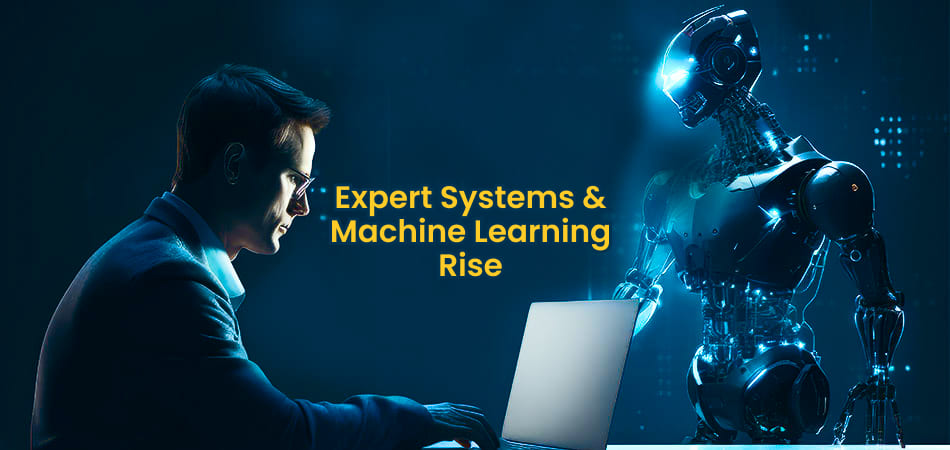
Renewed Interest: The Rise of Expert Systems and Machine Learning
Expert Systems in the 1980s
In the 1980s, AI research resurged with expert systems—computer programs designed to emulate human decision-making in specialized fields. These systems found applications in:
- Medicine: MYCIN assisted doctors in diagnosing infections.
- Finance: XCON helped configure computer systems for businesses.
- Manufacturing: AI optimized factory automation.
However, expert systems had limitations. They required extensive manual input and were not adaptable to new scenarios without human intervention.
Machine Learning and Neural Networks
By the 1990s and early 2000s, AI transitioned towards machine learning, enabling systems to learn from data. Key breakthroughs included:
- Speech recognition technologies (e.g., IBM’s Watson and Google Voice Search).
- Computer vision advancements, allowing AI to recognize images and objects.
- AI in gaming, such as IBM’s Deep Blue defeating world chess champion Garry Kasparov in 1997.
Machine learning marked a significant shift from rule-based AI to data-driven AI, enabling more adaptable and scalable AI systems
.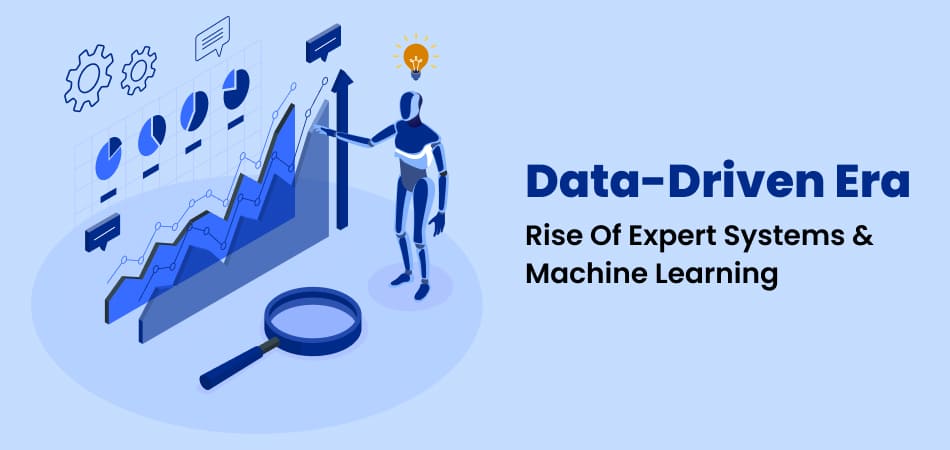
The Data-Driven Era: Big Data and Deep Learning
The Rise of Big Data and Its Role in AI
With the explosion of digital data in the 21st century, AI’s capabilities expanded. Machine learning algorithms leveraged vast datasets to improve accuracy, leading to the rise of deep learning—a subset of AI involving artificial neural networks.
Deep Learning Breakthroughs
Deep learning saw major advancements in:
- Image recognition – AI models like AlexNet (2012) drastically improved image classification.
- Speech recognition – Google and Apple integrated AI into virtual assistants (e.g., Siri, Google Assistant).
- Autonomous vehicles – AI-powered self-driving cars, such as Tesla’s Autopilot, emerged.
These advancements marked AI’s transition from a research-based concept to practical applications.
AI Adoption: From Early Trials to Mainstream Integration
Key Milestones in AI Adoption
The transition from research to early adoption involved several key milestones:
- 2011: IBM’s Watson won Jeopardy!, showcasing AI’s potential in natural language processing.
- 2016: AlphaGo, an AI system by DeepMind, defeated a world champion Go player, demonstrating AI’s complex decision-making abilities.
- 2020s: AI-powered chatbots, healthcare diagnostics, and automation became widespread across industries.
AI Adoption Statistics
Recent studies show rapid AI adoption across sectors:
| Year | AI Adoption Rate (%) | Notable Insights |
| 2020 | 50% | Half of businesses integrated AI into operations. |
| 2022 | 60% | Increased AI-driven automation in customer service. |
| 2024 | 72% | AI adoption accelerated in industries like healthcare and finance. |
Global Perspectives: AI Adoption Across Regions
AI in the United States
The U.S. leads in AI research and development, with major tech firms like Google, Microsoft, and OpenAI driving innovation. AI adoption is particularly strong in finance, healthcare, and autonomous systems.
AI in China
China is rapidly advancing in AI, particularly in facial recognition, e-commerce, and smart cities. Companies like Baidu and Alibaba heavily invest in AI-driven solutions.
AI in Europe
Europe focuses on ethical AI, with regulatory frameworks ensuring responsible adoption. The EU’s AI Act aims to standardize AI governance.
Challenges and Ethical Considerations in AI Adoption
Despite AI’s progress, challenges remain:
- Bias and fairness: Training data can introduce biases into AI models.
- Privacy concerns: Data security remains a critical issue.
- Job displacement: Automation raises concerns about workforce impact.
Addressing these challenges requires ethical AI development, transparent policies, and human-AI collaboration.
Conclusion
AI’s journey from concept to early adoption has been transformative, driven by theoretical foundations, technological breakthroughs, and increasing real-world applications. From Turing’s theories to deep learning, AI has evolved into a crucial tool across industries.
As we move forward, AI’s impact will continue to grow, shaping the future of work, healthcare, and innovation. Understanding its history helps us navigate its potential responsibly, ensuring that AI remains a force for good in the years to come.
